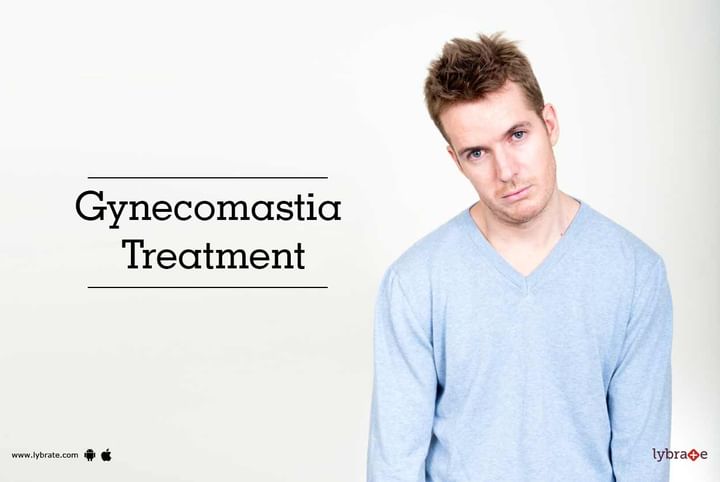Gynecomastia Treatment
While women strive to enhance the way their breasts look, the development of breast tissue in men can be embarrassing. This condition is known as Gynecomastia. It can affect one or both breasts in a symmetric or asymmetric manner and is caused by an imbalance of estrogen and testosterone hormones. It can also be caused due to a side effect of medication or because of other health problems such as an overactive thyroid or tumor. In some cases, this condition can get resolved on its own while in other cases, medication and surgery may be recommended.
Medications: Before undergoing treatment for Gynecomastia, it is essential to ascertain that you are in fact suffering from this condition. This is because gynecomastia and the buildup of fat tissue in the chest can look similar, but are treated differently. When treating this condition, medication needs to be supplemented with controlled calorie intake and physical exercise. It is also cheaper than surgical treatment.
Surgical Treatment: Surgery is often the preferred mode of treatment for significantly enlarged male breasts. Surgical treatment for gynecomastia is of two types:
- Liposuction: This removes fat from the breast, but leaves the breast gland tissue in place. Liposuction can be performed in a number of ways. It involves making two or more incisions through which narrow tubes are inserted into the chest area. This tube is gently moved around to loosen the excess fat tissue that is then sucked out.
- Mastectomy: This procedure removes the breast gland tissue itself. It is performed endoscopically and hence has a quicker recovery time and involves less scarring.
You may feel a slight discomfort after the surgery for a few days. You will also be advised to wear a chest support brace for a few days to allow your body to heal without putting any pressure on the site of the surgery. Normal activities can be resumed within 2 to 3 days but avoid strenuous activities of heavy lifting for a month after the surgery.
As long as you follow a healthy lifestyle and have a balanced diet, either of the above surgical procedures should have a lasting effect. This makes surgery a more preferred form of treatment than medication.
Apart from this, certain exercises can also help tone chest muscles and reduce fat tissue. This includes inclines dumbbell presses, push-ups and exercises that focus on pectoral muscles. However, this is a very gradual process and hence suitable only for mild cases of gynecomastia.



+1.svg)
